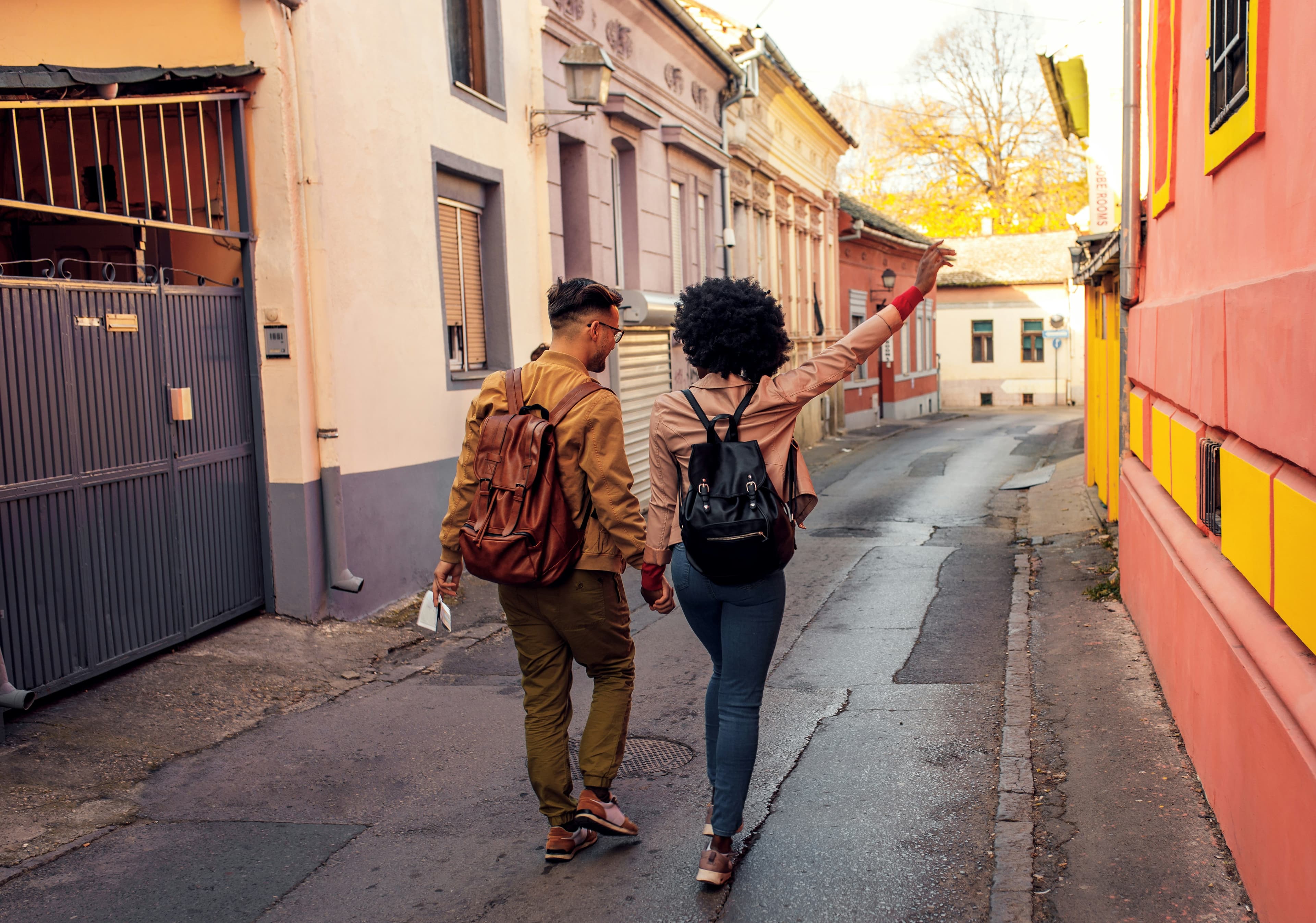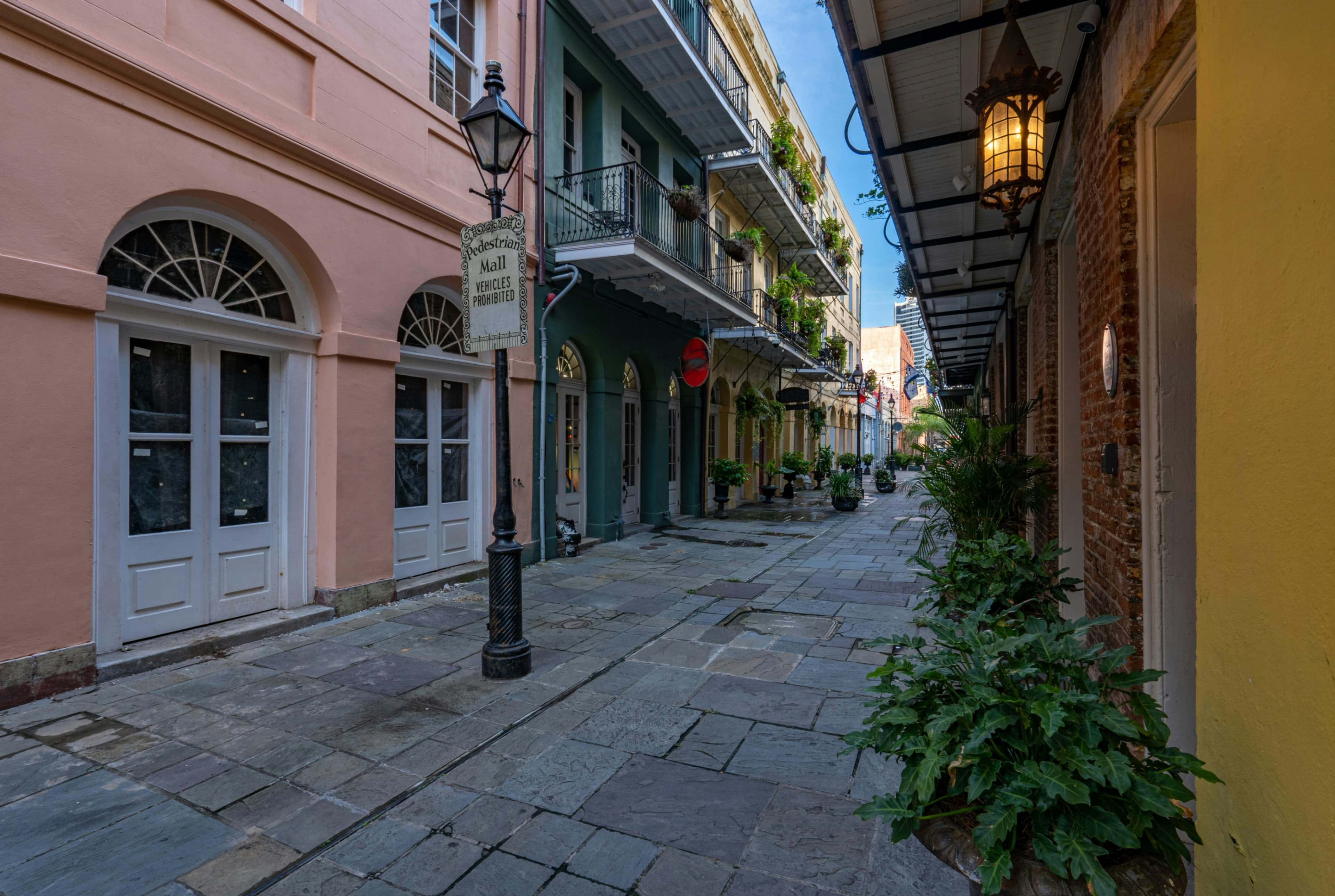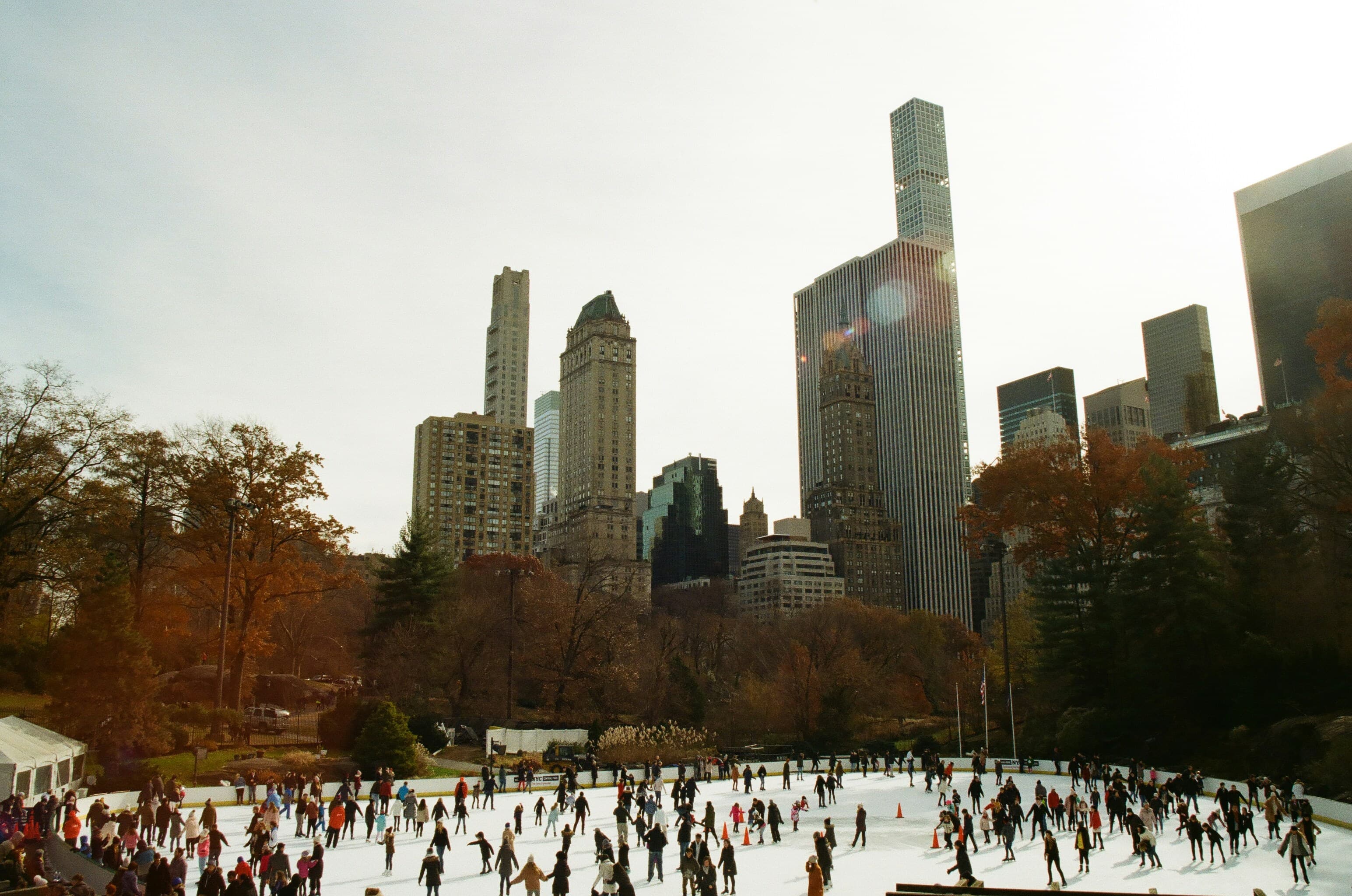
City Tourism Reinvented: Where Sustainability Meets Local Culture
Integrating Sustainable Mobility and Green Infrastructure
Cities that want to welcome tourists while also protecting the well-being of their communities need to focus on sustainable ways for people to get around. Encouraging walking, biking, and electric public transport helps lower tourism's impact on the environment and makes visiting more enjoyable. For example, Ljubljana, Slovenia, has created car-free zones in its historic center, making it easier for people to explore on foot or via electric shuttle. This has led to cleaner air, more business for local shops, and better protection for cultural landmarks, benefiting both visitors and residents1.
Adding green infrastructure supports these efforts. Parks, green roofs, and walking trails near rivers or lakes not only offer beautiful, low-impact places for tourists to enjoy, but also help the environment by increasing biodiversity and managing stormwater. New York City’s High Line, a former rail line turned elevated park, is a great example. It attracts visitors while also adding greenery and boosting the local economy2. Cities can create similar projects by including tourism in their long-term sustainability plans, making sure tourism helps improve the city instead of harming it.
Empowering Local Businesses Through Tourism
A tourism plan that focuses on supporting local businesses can bring lasting economic growth and help communities become more resilient. More travelers are looking for real, authentic experiences, and cities can meet this demand by promoting locally owned hotels, restaurants, and artisan markets. For instance, Portland, Oregon, has launched campaigns that highlight neighborhood experiences and small businesses, positioning the city as a destination for independent and eco-friendly travel3. These efforts not only make a city stand out but also help keep tourism dollars in the community.
City governments can assist by offering small business loans, training programs, and policies that prioritize local vendors. By forming partnerships between tourism boards and local business groups, cities can ensure that tourism supports broader community goals. Joint efforts between public and private sectors can also create new tours and events that draw visitors to lesser-known areas, helping to spread the benefits of tourism and avoid overcrowding in popular spots.
Preserving and Showcasing Cultural Heritage
Protecting cultural heritage is key to building a tourism industry that respects and celebrates local identity. Cities play a big role in this by using zoning laws, funding for preservation, and educational programs. For example, Kyoto, Japan, has strict building rules in certain areas to keep traditional architecture intact, while also limiting signs and business types to protect the city's historic feel and charm that attract millions of visitors each year4.
To make cultural tourism sustainable, cities should work
Read-Only
$3.99/month
- ✓ Unlimited article access
- ✓ Profile setup & commenting
- ✓ Newsletter
Essential
$6.99/month
- ✓ All Read-Only features
- ✓ Connect with subscribers
- ✓ Private messaging
- ✓ Access to CityGov AI
- ✓ 5 submissions, 2 publications
Premium
$9.99/month
- ✓ All Essential features
- 3 publications
- ✓ Library function access
- ✓ Spotlight feature
- ✓ Expert verification
- ✓ Early access to new features
More from Tourism
Explore related articles on similar topics





